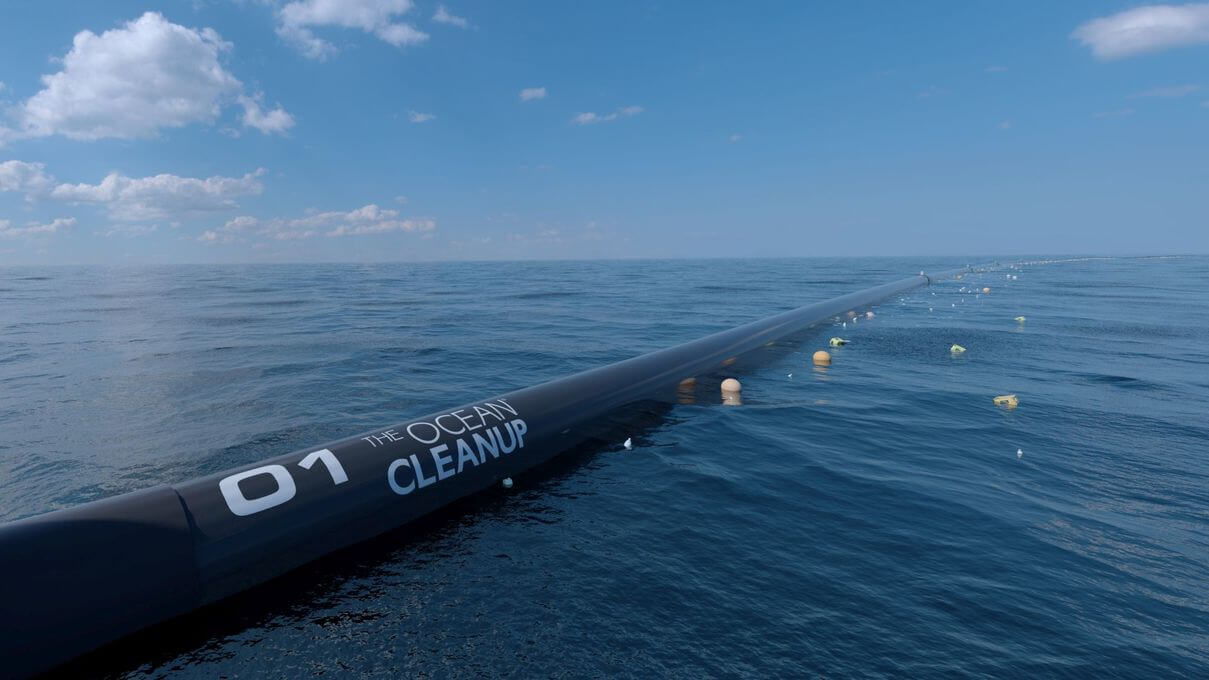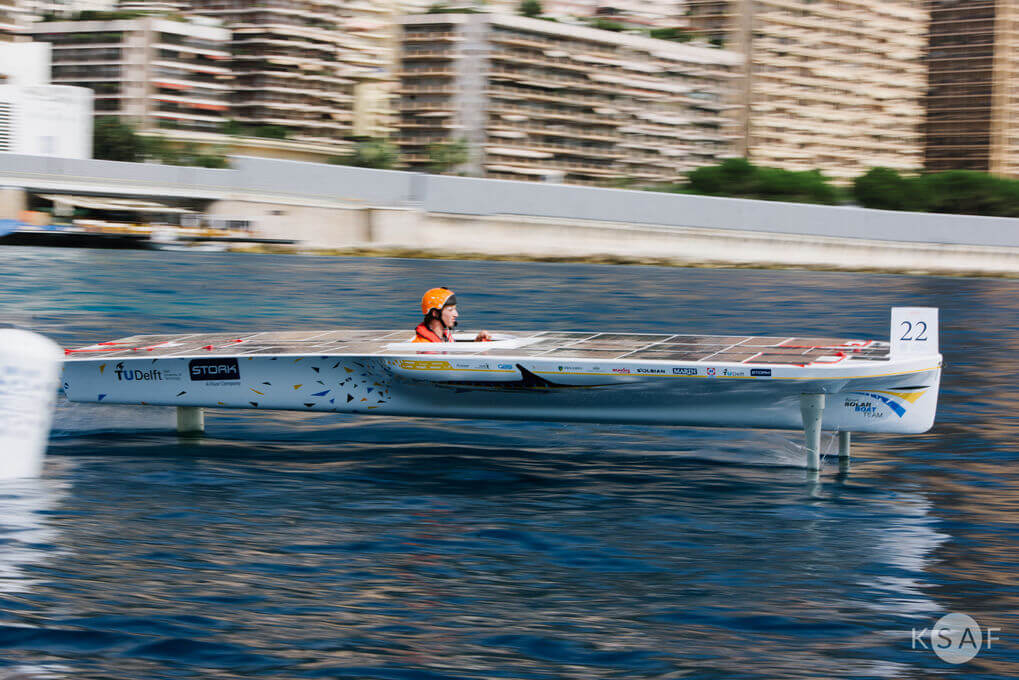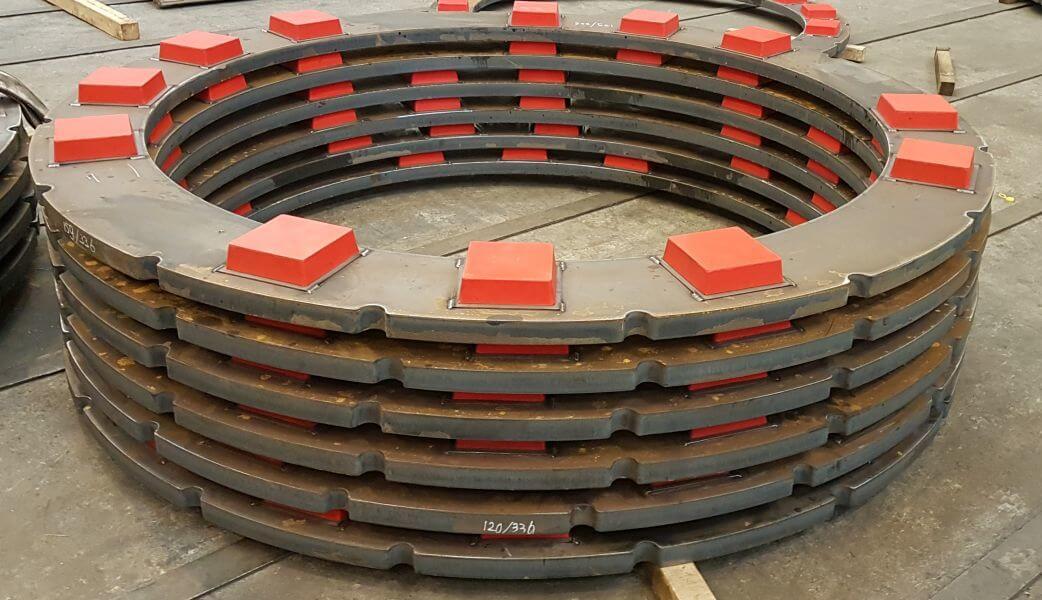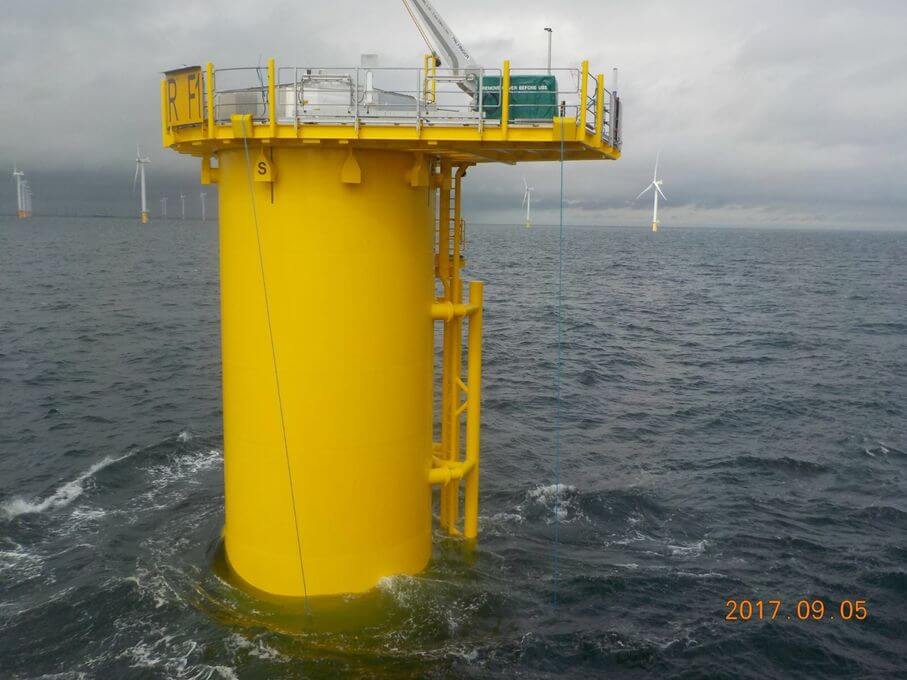03-07-2018
Ridderflex contributes to The Ocean Cleanup
With pride we can announce that our services have been acquired to contribute to The Ocean Cleanup. Ridderflex – amongst others strong in producing plastic products – will have contributed its expertise to the efforts to clean plastic pollution from the oceans.
We have been asked by The Ocean Cleanup to help develop and produce a unique part for their cleanup system.
The floating barrier system of The Ocean Cleanup
The passive cleanup system entails a large, flexible HDPE pipe that will float on the water – as many have witnessed on YouTube or the news. Because, that is the scene that represents The Ocean Cleanup. The first cleanup system pipe is 600 meters long, with subsequent systems reaching 1 to 2 kilometers in length. The pipe is flexible enough to follow the waves, but still manages to retain its open U-shape. This U-shape collects plastic waste from 1 cm to huge discarded fishing nets (also known as ghost nets) from tens of meters in its center. A three-meter deep screen is attached to the bottom of the floater, allowing the plastic waste to concentrate in front of the screen while marine life safely pass under it.
Ridderflex and the ocean cleanup profiles
The Ocean Cleanup needs a component for its floating system that fills the space between the modular support frames and the plastic catcher. This component also needs to offer protection to the frames and the catcher. Additionally, these parts must not harm marine life. We have assisted The Ocean Cleanup in the development and production of a polyurethane profile that meets these requirements. The first batch of profiles will be used for the first ocean cleanup system that will be deployed into the Great Pacific Garbage Patch later this summer.
A plastic free ocean by 2050
Models show that full scale deployment by The Ocean Cleanup could clean up 50% of the Great Pacific Garbage Patch in five years. Removing the roaming waste can prevent it from breaking down into dangerous microplastics. With the combination of the efforts of The Ocean Cleanup and a source reduction on land, the goal is a plastic-free ocean by 2050.




